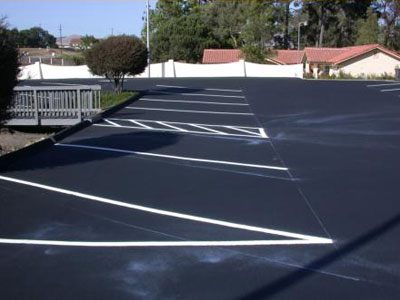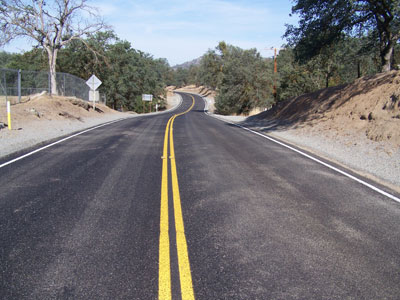











INQUIRY

 November 18th, 2019
November 18th, 2019 Water is one of the raw materials for emulsified asphalt and is distributed in various parts of the emulsified asphalt equipment. The antifreeze measures are explained one by one according to the components of the water distribution.
1. The water in the water tank is discharged through the drain valve. Some equipments do not have a drain valve to save equipment costs, and can only be emptied by loosening the flange bolts at the bottom.
2. The water pump includes a hot water pump and a circulating water pump. This type of pump generally uses a pipeline pump. There is a sewage outlet at the bottom of the pipeline pump. Pay attention to the sewage outlet at the bottom of the pump.
3. The emulsion tank generally uses a cone bottom. However, for the safety of the process, the exit is often not placed at the bottom. The bottom of the tank will contain an emulsion (mostly water) that needs to be discharged through the bottom drain valve.
4. Emulsified asphalt equipment on the market The emulsion pump is basically in two forms, a gear pump or a centrifugal pump. The gear pump can only drain the liquid in the pump through the connecting flange of the pipe. The centrifugal pump discharges through its own sewage outlet.
5. The emulsion or water will remain in the colloid mill. The colloid will grind the gap between the rotors within 1mm. A slight residual water will cause a freezing accident. Residues in the colloid mill can be drained by loosening the finished pipe connection bolts.
6. The heat exchangers in the emulsified asphalt equipment need to be emptied.
7. Keep the valve open when draining water or emulsion pipes. Water is left in the valve or the vacuum is caused by the valve being closed, and the liquid in the pump and the pipe is not discharged, causing a cracking accident.
8. Many valves of emulsified asphalt equipment use pneumatics, and there will be this part of the air pump. Water in the air, after compression will become water in the gas tank. In the winter, you should release this part of the water.
9. Colloid mill cooling water, many colloid mills use mechanical seals, which will use cooling water. This part of the cooling water is to be released.
10. Other places where water may be present.



WhatsApp:
+86 18224529750

Longxiang Industrial Park ,
Weidu District, XuChang,HeNan, China
